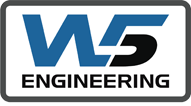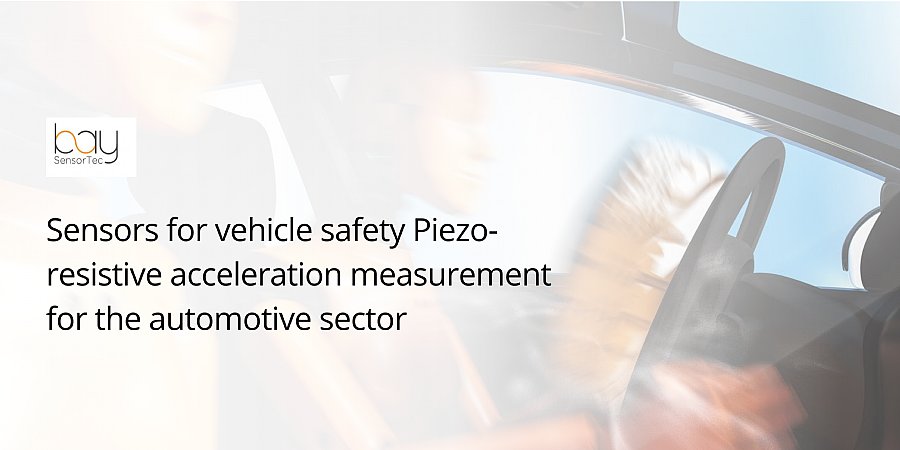Meeting all requirements for modal analysis
To accurately measure vibrational input on an airplane’s structure during modal analysis, accelerometers must fulfil several requirements: The sensors should be durable, lightweight, highly sensitive, have a high signal to noise ratio and very few crosstalk effects to other influences. For testing these complex structures, several hundred accelerators need to work smoothly alongside each other. The type 8775A accelerometer uses shear element technology that offers high immunity to base strain to meet these demands. Built from titanium, the lightweight, hermetic sensor covers an acceleration range of 50g and can withstand a range of temperatures. While aerospace and aircraft applications typically require the sensor to be mounted with the Delrin mounting block, it can also be used on its own for other applications. In that case, for instance in small and tight measuring environments, the sensor can be fixed to the surface with a clamp or bolt. For underwater applications, it can be equipped with a selectable IP68 waterproof cable.
The new accelerometer 8775A was well received by its first clients: “Over the past year, this accelerometer has been tested by clients in modal analysis projects,” says Joshua Kasprzyk. “Their positive feedback has encouraged us to launch the sensor on a larger scale.”




